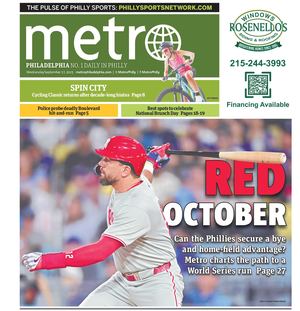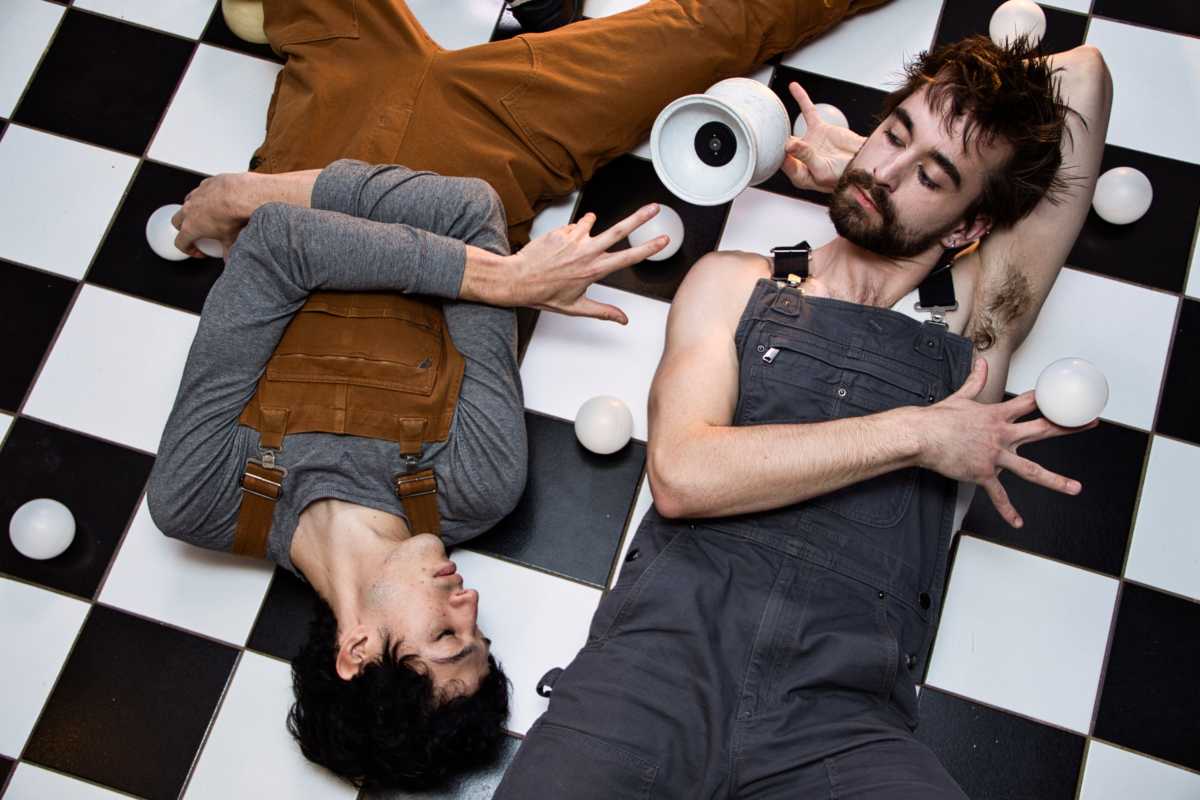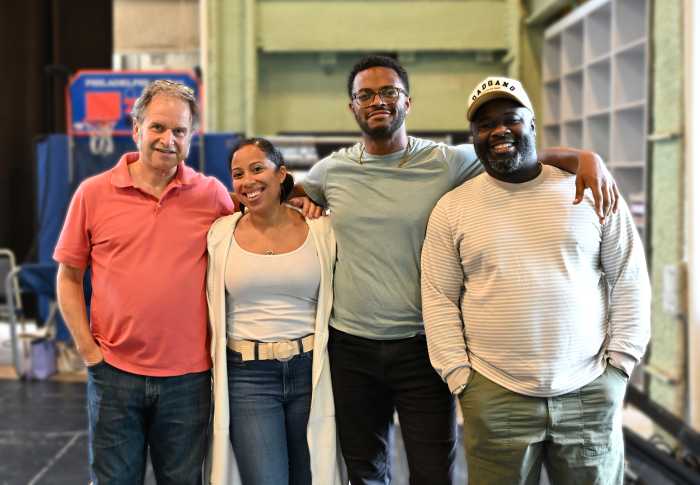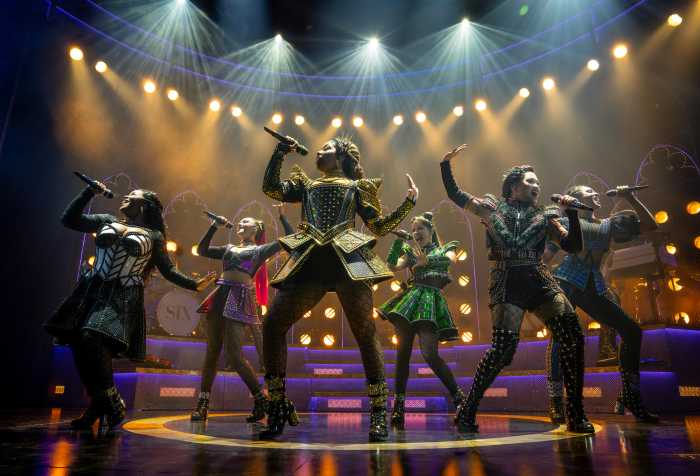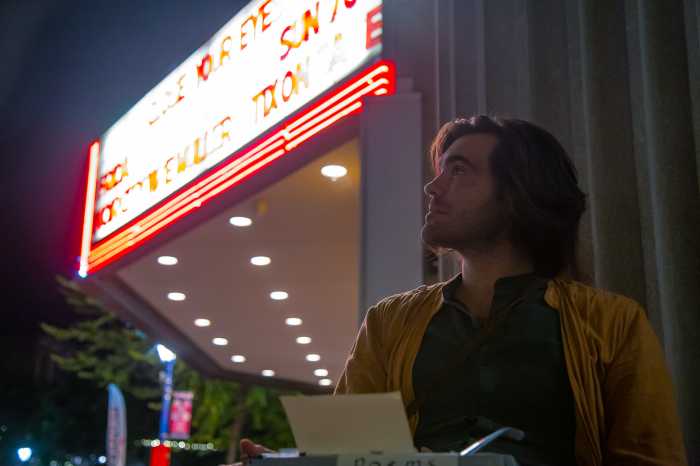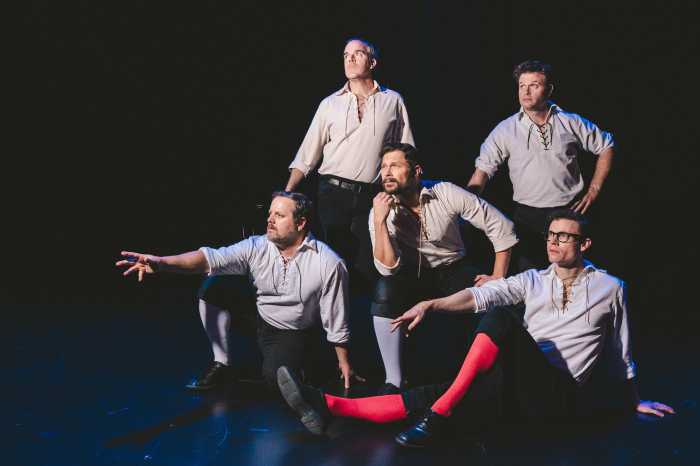To know Almanac Dance Circus Theatre, is to know that the Philadelphia-based company uses contemporary circus skill-sets — juggling, clowning, acrobatics — to tell unique, original stories, to reveal heartfelt truths and to go beyond what we imagine those skills to be.
Taking a note from Almanac co-founder Ben Grinberg’s mission statement, Almanac centers meaning and transmission over the pretty, the perfect, or the precious. To best display a large chunk of Almanac’s artists outlooks on queer themes, on politics and the currency of “our present apocalypse,” there is MiniBall: a currently-running festival (through April 8) at the Maas Building in Kensington.
Almanac’s Grinberg, ‘Dirt Trip’s Alex Tatarsky and Company To X For’s Liam Bradley and David Chervony (their show is ‘Surface Tension’) spoke with Metro about the whys of clowning, juggling and other physicalized circus-themed acts pushed into social cultural, queer themed and political realms.
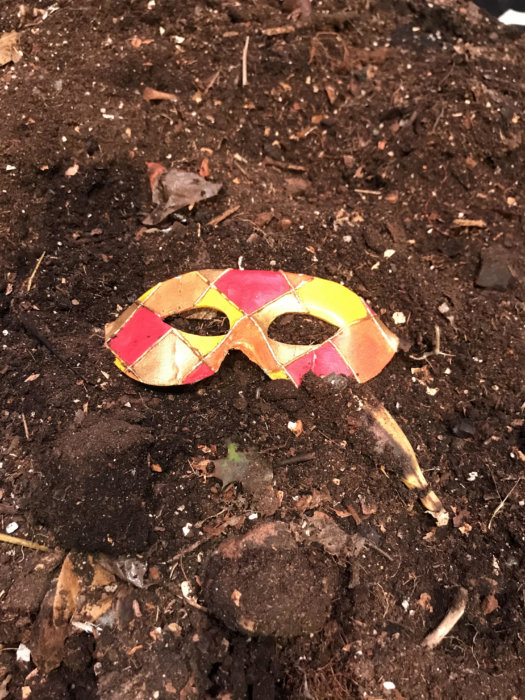
“More than anything, I have an interest in artists who are adventurous – really live and really on the precipice of something new,” says Grinberg of his curatorial efforts for MiniBall, and the layers of nuance found within each showcase. “Both of these shows are emblematic of all that. We never know what is going to happen next.”
Pig Iron School grad and beloved Philly clown Tatarsky thinks of herself as an extremely serious person still in shock by her given vocation. “Radical responsiveness and honesty with an audience is what I do,” says Tatarsky of working within the physicalized, instinctual, intellectual Le Coq tradition of clowning.
Bradley and Chervony both learned to juggle with balls and spin giant yo-yos at early ages, but didn’t get the possibilities of conceptual storytelling through circus arts and spoken narrative throughlines until their 20s.
“You could make juggling your own,” says Bradley. “You could speak to whatever you wanted using this technical and challenging set of skills. You could increase tension and create this energy and power seeing that visual representation.”
Falling in love with moving and expressing oneself physically is how Chernovy most feels connected to his body as well as the universe. “These skills, juggling and moving, are like any other medium, our way into the conversation,” he says. “It’s arbitrary, in league with ballet and painting.”
Ask Tatarsky, Chernovy and Bradley how they all convey what they are thinking and feeling, about social ills and unemployment (the former in ‘Dirt Trip’) and queerness (the latter two during ‘Surface Tension’) during their physicalized acts, and each state that they are deep within that very question every day.
“The conversation we are having, on speaking from the body, resonates with me,” states Tatarsky. “But it hard to develop anything from there without an audience.” So, then, the act of dialogue is crucial to what she does in ‘Dirt Trip’, and the work never feels “done,” until Tatarsky has an audience before her, “co-creating it with me.”
Obsessed with dirt and decay and falling apart, Tatarsky says the choreography of the jester embodies those fears. “We have such a fear of falling and failing, but the jester represents how delightful it all can be, that all a fall is is an unexpected collision with the ground.”
Chernovy and Bradley’s ‘Surface Tension’ is about queer friendship and through object manipulation and juggling, the pair seek to find connection, “to express platonic intimacy and comfortableness with each other,” says the former. “Through that, the audience will find catharsis and further connectivity and sincere emotions.”
Adds Bradley, “Watching two male bodies interacting – be it with a caress or the two of us holding each other’s weight – is something you don’t often see. American culture tends to shy away from that level of intimacy. We are pushing against that lack of intimacy, that shying away, in our work.”
